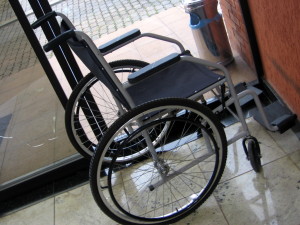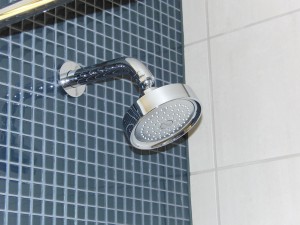 Nursing home neglect is a serious problem that can result in severe personal injuries to the elderly. Signs of nursing home neglect, according to a fact sheet from the National Center on Elder Abuse (NCEA) and the Administration on Aging (AoA), often include “hazardous or unsafe living conditions,” as well as “unsanitary and unclean living conditions.” A recent article in the Contra Costa Times identifies a former elderly care home in Castro Valley that is currently under investigation by state and county agencies for “cramped and dirty conditions.”
Nursing home neglect is a serious problem that can result in severe personal injuries to the elderly. Signs of nursing home neglect, according to a fact sheet from the National Center on Elder Abuse (NCEA) and the Administration on Aging (AoA), often include “hazardous or unsafe living conditions,” as well as “unsanitary and unclean living conditions.” A recent article in the Contra Costa Times identifies a former elderly care home in Castro Valley that is currently under investigation by state and county agencies for “cramped and dirty conditions.”
What happened in this elderly care home, and why did it take so long for authorities to learn about potentially hazardous conditions inside?
Filthy Living Conditions and Absentee Caregivers Signal Cause for Alarm
 Southern California Nursing Home Abuse Lawyer Blog
Southern California Nursing Home Abuse Lawyer Blog
















